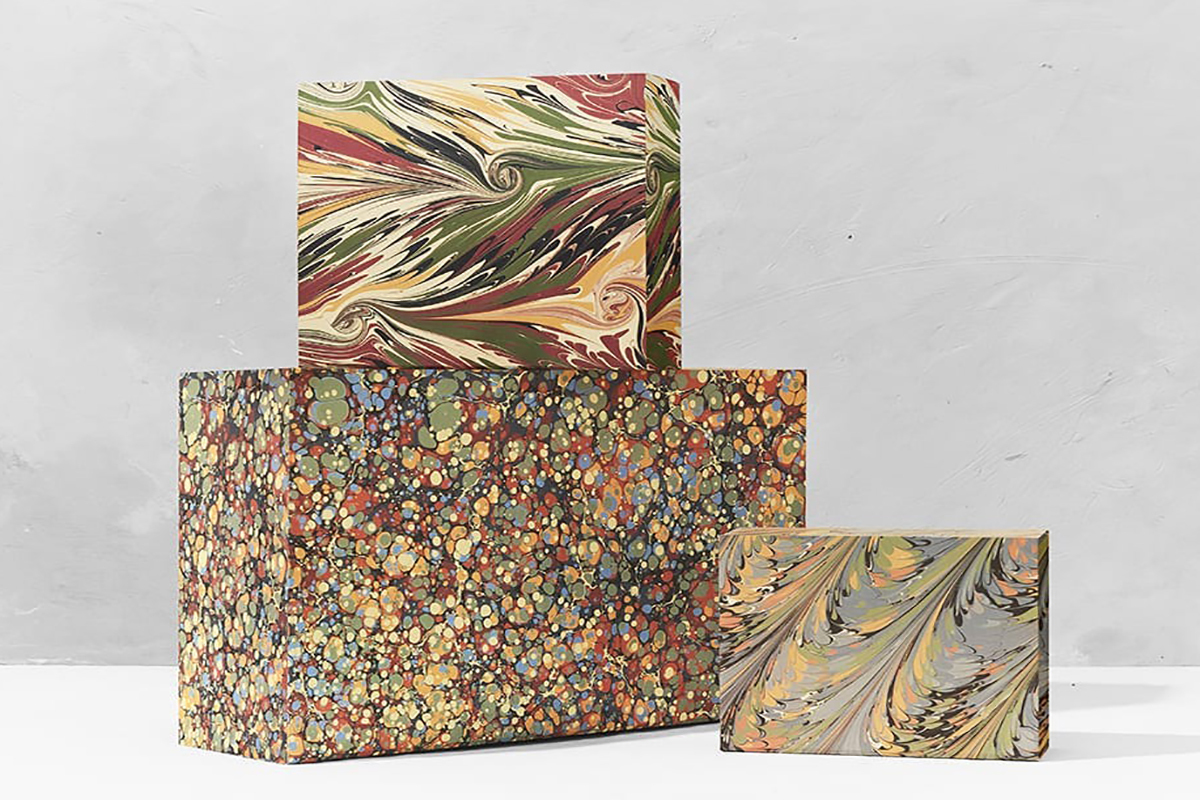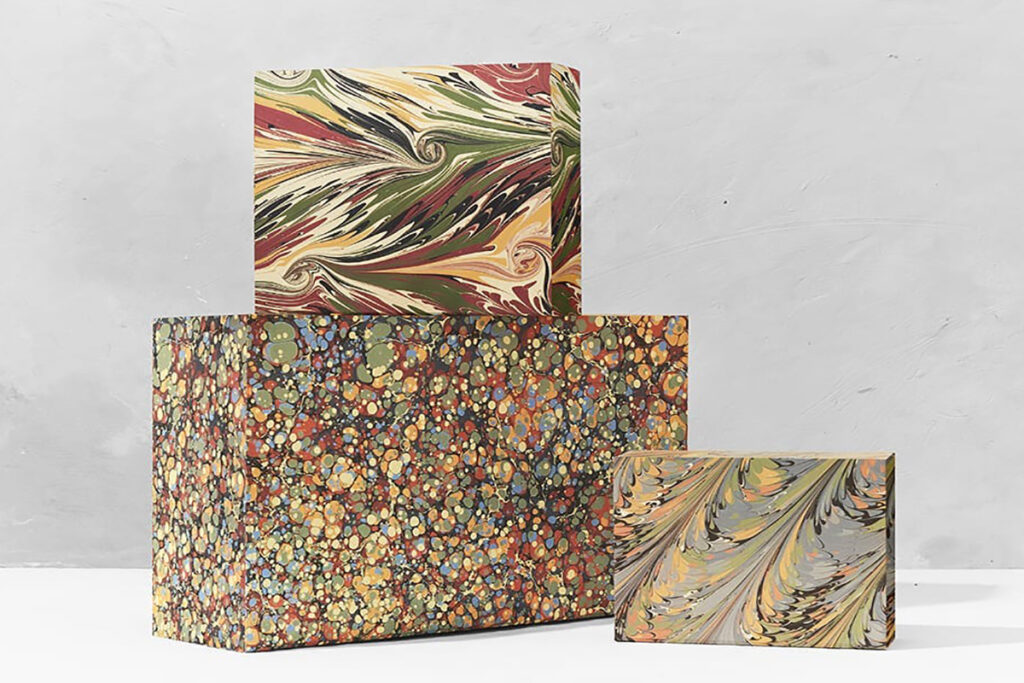
Sustainable fashion starts with the box (Image: Delta Global/MartchesFashion)

Robert Lockyer, CEO, Delta Global
Long before coronavirus took over our newsfeeds, there were two other ‘C’ words making all the headlines – climate change. And, although the former is posing a significant threat to our livelihoods right now, the latter is still set to cause devastating damage in the future, unless we begin to take action.
Current trends mean fashion and beauty fall into the category of disposable goods. Many consumers buy product, wear them once and simply throw them away, all in the name of their latest Instagram image. Consequently, fast fashion and changing beauty fads have taken over, with brands feeding consumer habits with ever more collections, constant sales and no incentive to slow down.
There were some positive signs on climate change amid the early COVID chaos, with fashion and beauty industry leaders pledging to cut down on collections and develop a more streamlined process from production to store delivery in order to meet current demands.
Brands are clearly conscious of the impact of their products and supply chains but what they often forget is their packaging, usually one of the most important things to get right when it comes to sustainability. Ultimately, your products are only as sustainable as your packaging.
By now, of course, brands are fully aware of the pitfalls of plastic, with those still using the material in their packaging and products often condemned in the court of public opinion. There have also been some serious success stories, for instance, with Germany recently announcing that they will ban all single use plastics by 2021.
Naturally, non-plastic packaging solutions have, therefore, become something of a trend in their own right. But, as we increasingly see brands opt for an eco-friendly alternative to plastic, it’s communicating those sustainable credentials that really sets them apart in consumers’ minds. But, unfortunately, brands largely tend to hide their light under a bushel.
So, there is a need for more effective communication from brands and packaging providers to rectify this issue, particularly as customers’ eyes open wider to it, which recent events have indicated is happening as greater attention is paid to brands’ initiatives for social good.
Attaining credentials, accreditations and stamps of approval, such as FSC and the Positive Luxury butterfly, are essential in communicating to customers that your packaging is in fact, environmentally friendly. This should be the first step in any brand’s strategy to reducing the carbon footprint of their packaging and it also instils trust and confidence in consumers, which reflects positively on the business and its revenue.
Of course, achieving such badges requires innovation, investment and a commitment to ongoing effort. And not only should focus be given to exterior shells, but inserts, labels and order information notes and documents too, particularly as the shift towards online shopping becomes more prominent.
Alongside this, cutting down on the amount of packaging used is another simple step a brand can take. As well as reducing costs, waste and ultimately the business’ and industry’s carbon footprints, if communicated correctly, it can be used to target consumers who have become accustomed to their new, minimalist lifestyle under lockdown restrictions.
But with necessary packaging, it’s all about maximising its use and encouraging a second life. Again, this comes from effective communication of how packaging can be reused or recycled. For example, we worked with MATCHESFASHION to develop their iconic marble effect boxes, which are some of the most eco-friendly in the luxury fashion industry, communicated simply by their design and quality.
Made from high quality materials, the boxes are designed to be durable and sturdy so that they can be used over and over again in multiple ways. Ultimately, their boxes aren’t just holding baskets for their pieces but have become part of the product and service customers pay for.
Brands like Lush and MAC Cosmetics have found success in incentivising recycling with “bring back” schemes, whereby customers are encouraged to take empty containers back to the store in return for free products, refills or monetary discounts. As well as reducing their environmental impact, they are encouraging repeat purchases and brand loyalty, which is a great example of how commercially valuable green initiatives can be.
And, moving away from fashion and beauty, Coca-Cola have this year become the first major brand in their sector to make bottles from 100% recycled plastic in the Swedish market. Swapping their iconic label for one that spreads the important message of recycling, the campaign aims to encourage and educate customers on a circular economy.
As an increasing number of brands up their efforts in communicating their eco-credentials, it will no doubt call for greater creativity and innovation. Ultimately, green packaging is on track to becoming the norm, leaving the thing that sets brands apart as the way they communicate the message.
Author
Robert Lockyer is CEO of Delta Global





